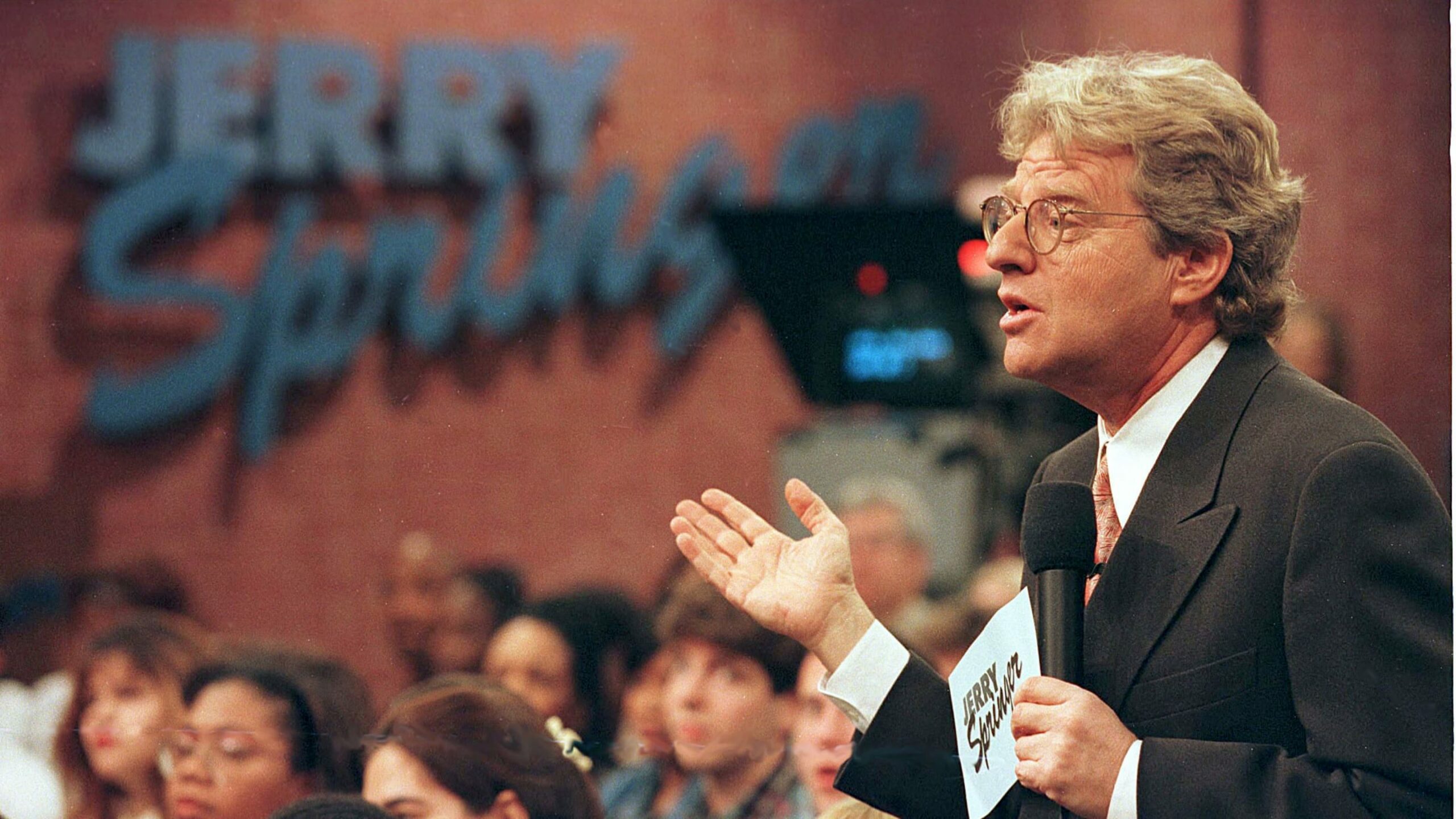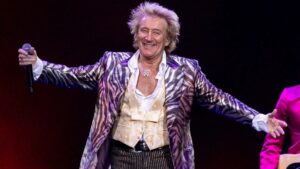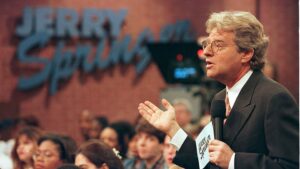7 Shocking Secrets Behind ‘90s Daytime Talk Shows Revealed!
Remember those daytime talk shows of the late ’90s—the ones everyone assumes aired strictly between 9 a.m. and 5 p.m.? Well, turns out “daytime” was more of a suggestion than a rule. Stations paid licensing fees and then played these dramas whenever they darn well pleased, often at night—because who needs prime-time when you have hotlines buzzing and audience reactions hotter than a summer sidewalk? Unlike their late-night cousins packed with celebrity chats and witty monologues, these daytime shows were the raw, unfiltered theatrics of everyday folks grappling with controversy, drama, you name it. Intrigued? You should be, because I stumbled on some jaw-dropping gems while digging through the chaos for my book, *1999: The Year Low Culture Conquered America and Kickstarted Our Bizarre Times*. Buckle up, this ride’s gonna be wild. LEARN MORE
Daytime talk shows reached a pinnacle during the late 1990s—though the label is a bit of a misnomer. The stations that paid licensing fees to transit these shows could broadcast them whenever they wanted, so much of “daytime” talk viewing happened at night when episodes were re-aired. But the term stuck and is useful for categorization.
These shows have a few commonalities that separate them from late-night talk shows. Late-night talk shows—then hosted by David Letterman, Jay Leno, Arsenio Hall, and so on—featured comedic monologues, skits, conservations with movie stars, and performances by famous musicians. Daytime shows usually feature discussions between non-famous people and focus on controversial life circumstances. They rely heavily on audience questions and feature hotlines to screen for future guests.









